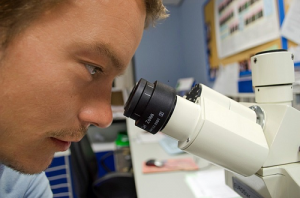
Nanoparticles are man-made microscopic spheres encapsulating Q10 molecules or encapsulating other drug substances for delivery through the stomach to the small intestine. Micelles are microscopic spheres composed by the body itself of molecules that have hydrophilic heads and hydrophobic tails as the Q10 molecules do. Dr. Judy says that micelles are more efficient than nanoparticles at the delivery of Q10 molecules to the absorption cells.
Dr. William Judy makes a very important point: Coenzyme Q10 in nature exists as single molecules. When the body produces Q10 naturally, it produces the Q10 as single molecules. By the way, when the body produces Q10, it produces the Q10 in the ubiquinone form.
But man-made Q10 is shipped and stored in the form of Q10 crystals. Manufacturers of Q10 products sometimes try to find ways of packaging and selling the dry Q10 powder. This is not a good idea.
At body temperature, the crystals do not dissolve into single molecules in the stomach or in the small intestine, and our bodies cannot absorb the crystals. The absorption cells in the small intestine will accept only single molecules.
The cost of manufacturing the Q10 product
Most likely, the lower priced Q10 products have a lower price because the manufacturer of those products has not done the necessary processing of the dry powder raw material to release the single Q10 molecules.
This processing, which adds to the cost of production, must be done if the Q10 in the capsule is going to be absorbed in the small intestine. Furthermore, the processing of the raw material must be done in such a way as to ensure that the single Q10 molecules will remain as single molecules at body temperature.
Better processing of the raw material to ensure better absorption will necessarily result in a higher retail cost. It cannot be otherwise. There is no sense to buy a cheap Q10 product that does not get absorbed.
Trying to improve Q10 absorption
Manufacturers of commercial Q10 products have searched for various ways to improve absorption of their products. They have tried such drug delivery systems as liposomal preparations, nanoparticle preparations, and oil-based soft gel preparations.
Remember: Dr. Judy emphasizes the following points about Q10 absorption:
- The Q10 crystals cannot be absorbed
- The Q10 single molecules must continue to be single molecules at body temperature
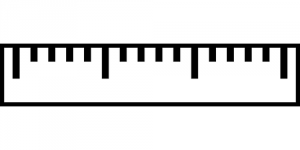
A nanometer is one one-billionth (1/1,000,000,000) of a meter. A single strand of hair has a diameter of about 100,000 nanometers. Man-made nanoparticles measure approximately 100 nanometers in diameter. Micelles tend to be no more than 20 nanometers in diameter. More than 16,000 Q10 molecules, placed end to end, would fit across the strand of hair. More than 5000 micelles would fit across the same strand of hair. Perhaps 1000 nanoparticles would fit.
In the remainder of this article, I want to address the issue of using the nanoparticle delivery system.
Why nanotechnology for Q10 products?
Using nanotechnology was not necessarily a crazy idea on the part of Q10 manufacturers. After all, the use of nanoparticles has found applications in the pharmaceutical and food and beverage industries. For example, the use of nanoparticles allows lipid-soluble vitamins to be put into drinks. The nanoparticle science is progressing and is very much alive.
But, when it comes to the absorption of Coenzyme Q10, Dr. Judy says that the human body is still a better chemical engineer than the men and women working in the pharmaceutical industry are.
Is it better for the Q10 manufacturer to package the single Q10 molecules in nanoparticles and send them through the stomach and into the small intestine?
Or is it better to dissolve the single Q10 molecules in an oil-based solution and expose the single molecules to a pre-heating process and then let the digestive system itself package the Q10 molecules in micelles?
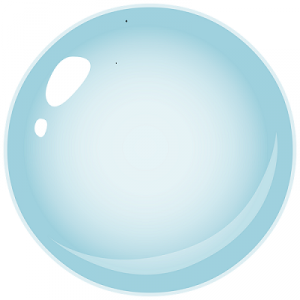
Both micelles and nanoparticles are microscopically tiny microspheres that can encapsulate molecules of Q10. Nanoparticles are made from biodegradable water-soluble substances such as methyl glucose, cellulose fractions, or other water soluble molecules. These microspheres are hollow and will encapsulate Q10 molecules..
Absorption of Q10 better from micelles
According to Dr. Judy, who did his doctoral work in physiology and bio-physics, and who has been working in basic and clinical research with Coenzyme Q10 for over forty years, there are good reasons to think that absorption from the body’s own micelles is more efficient than absorption from the man-made nanoparticles.
First of all, the micelles will carry many more Q10 molecules to the absorption cells than the nanoparticles do.
Secondly, the stomach is highly acidic whereas the small intestine is slightly alkaline.
A problem with the nanoparticle delivery is that each nanoparticle has to be resistant to the acid in the stomach and has to break down in the alkaline environment of the small intestines. Some nanoparticles may release their Q10 molecules too rapidly while others may not release their Q10 molecules at all. In both cases, there will be little absorption. And, as we know, without absorption, there can be no effect.
Dr. Judy thinks that nanoparticles might have been a good idea for a Q10 product if the Q10 manufacturer, to hold costs down, was deliberately encapsulating the raw Q10 crystal powder.
Never buy a Q10 product containing crystals
But, he asks, why would anyone today buy a Q10 product containing Q10 powder crystals? We know that the new generation of crystal-free Q10 products gives a much better absorption than the nanoparticle products do.
It appears that the Q10 nanoparticle products have no better absorption and bioavailability than the general run-of-the-mill crystalline Q10 powder in a lipid based product. Of course, Q10 bioavailability is variable. Some nanoparticle products will give a somewhat better absorption than others.
Using nanoparticles prevents the formation of Q10 micelles
The point here is that the packaging of the Q10 molecules in man-made nanoparticles is going to keep the digestive system from packaging the Q10 molecules in micelles, which is preferable according to Dr. Judy. Let the human body do what it does best.
Micelles are the body’s own spherical aggregate arrangements of lipid molecules in aqueous solutions. The purpose of both the man-made nanoparticles and the naturally formed micelles is to enhance the diffusion of lipid-soluble molecules like Q10 through the watery chyme into the small intestine.
Getting the Q10 inside the water phase next to the absorption cells
The basic idea is that, once the micelles (or the nanoparticles) are inside the water phase adjacent to the absorption cells, they will release their Q10 molecules, which will then be absorbed by a simple passive facilitated diffusion process. The facilitator in this process is a monoglyceride that acts as a carrier molecule for the CoQ10 molecules across the membranes of the absorption cells. (Remember: triglycerides cannot be absorbed in the duodenum; they are first broken down with the help of the enzyme lipase.)
The formation of Q10 micelles in the duodenum
If the ingested Q10 molecules have not been packaged up in nanoparticles, then the Q10 molecules pass from the stomach into the duodenum, the first part of the small intestine. In the duodenum, the Q10 molecules are exposed to bile salts that come from the liver through the gall bladder. These bile salts coat the lipid tails of the Q10 molecules causing them to cling together in the form of spheres (micelles).
The somewhat water-soluble heads of the Q10 molecules become the outer surface of the micelle while the very lipid-soluble tails are in the middle of the micelle. The micelles may contain thousands of Q10 molecules each, many more than can be found in a nanoparticle.
Once the micelles diffuse into the water phase adjacent to the intestinal absorption cells, they break apart, releasing the Q10 molecules so that the Q10 molecules can be absorbed along with the monoglycerides in the intestinal chyme.
Single Q10 molecules absorbed
Please note: it is not the nanoparticles or the micelles that get absorbed. It is the single Q10 molecules, released from the nanoparticles or from the micelles, that get absorbed. If the Q10 that gets released from the nanoparticles is no longer in the form of single molecules, then the absorption of the Q10 will be thwarted.
Absorption leads to beneficial effects of Q10 supplementation
A well-absorbed Q10 supplement is a supplement in which the raw material has been processed — heat treated and dissolved in oils and encased in a soft gel capsule — in a way that makes the Q10 molecules remain molecules at body temperature.
With good absorption comes the sort of benefits that we have seen in the Q-Symbio study and the KiSel-10 study and the Gulf War Illness study:
- Fewer adverse cardiovascular events
- Fewer hospitalizations
- Better quality of life
Source:
Judy, W.V., Stogsdill, W.W., Judy, D.S., & Judy, J.S. (2007). Coenzyme Q10: Facts or Fabrications? Natural Products Insider. Retrieved from http://www.zmc-usa.com/docs/CoQ10_Facts_or_Fabrications.pdf


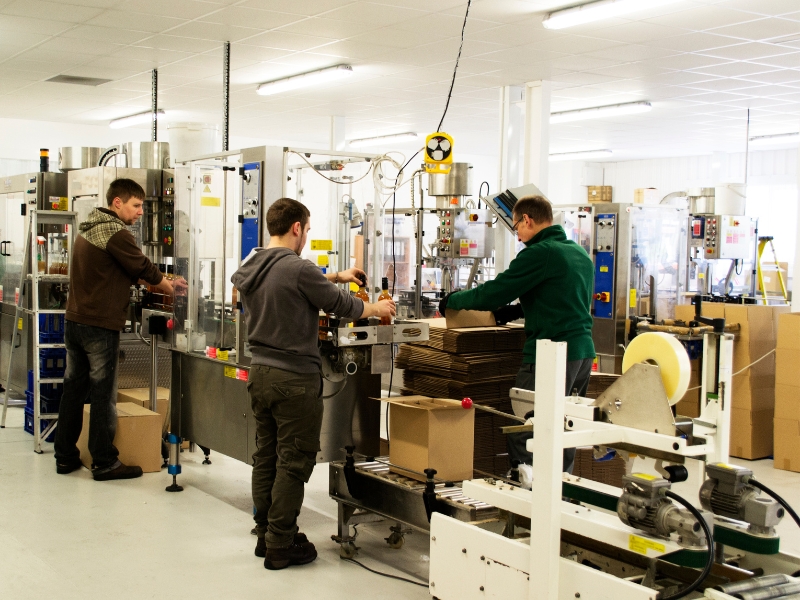
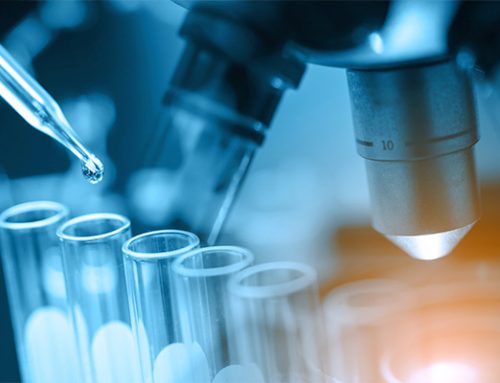

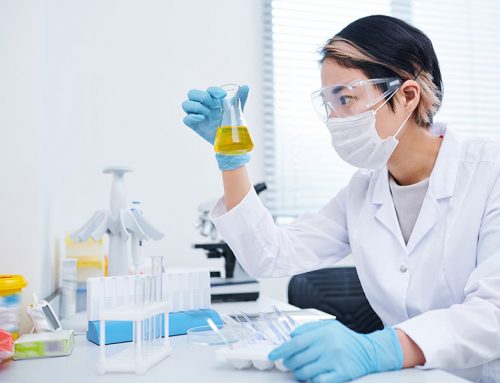
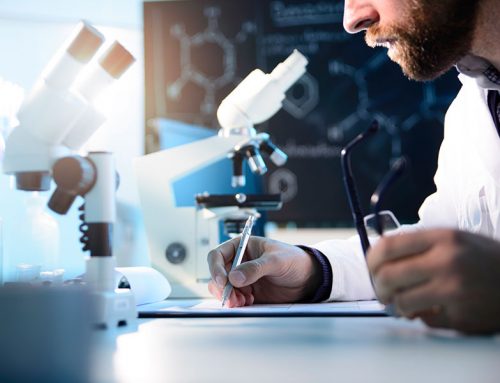
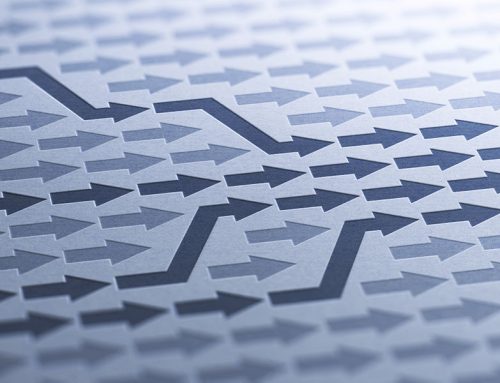
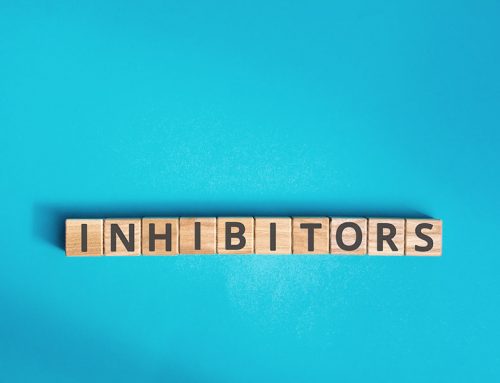
Leave A Comment